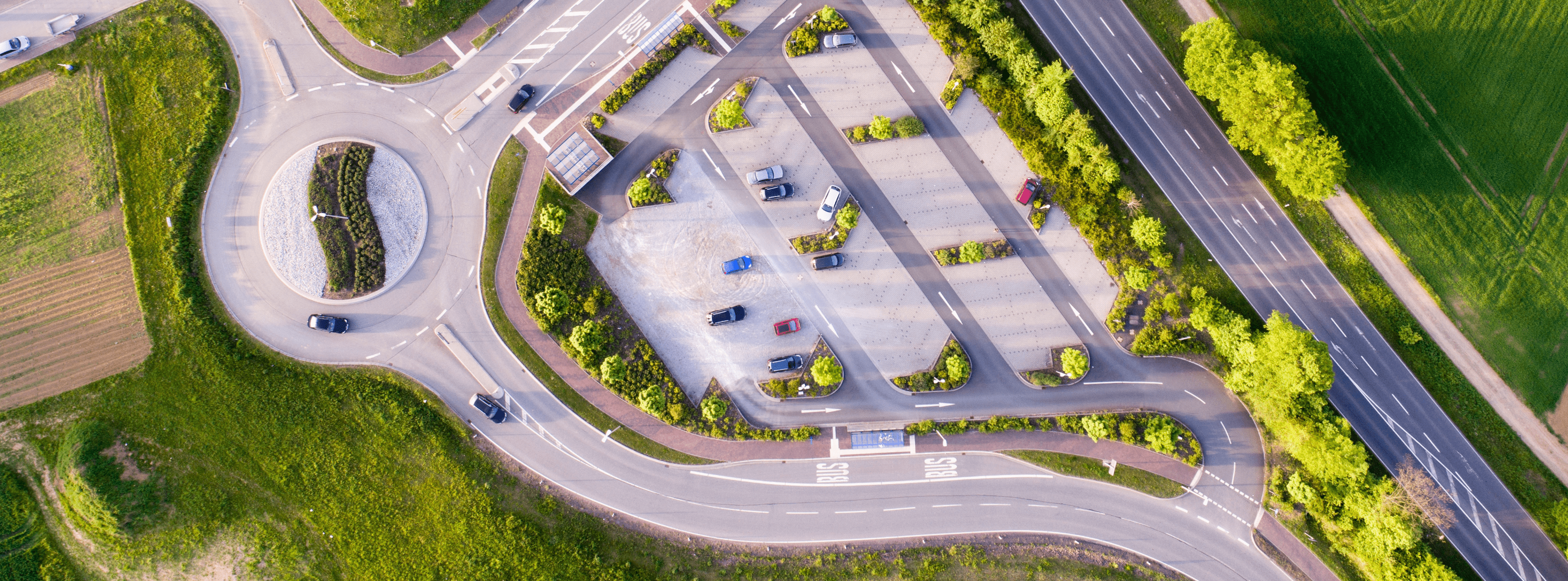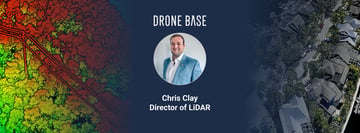After a serious car crash, emergency teams on the ground have a number of priorities to juggle.
The first is to ensure the scene is safe. Step two is to provide anyone in need of medical attention help as quickly as possible. The third thing first responders and investigators are required to do is gather evidence. Getting an accurate record of the scene is vital.
Each of these steps can take time, which is why we’ve all experienced frustrating journeys held up by traffic and road closures in the aftermath of an accident. Law enforcement officers on the ground have the unenviable task of working under extreme pressure. Every second counts.
Not only are motorists being delayed and officials keen to get roads re-opened as quickly as possible, but with every minute that passes the scene of an accident actually becomes more dangerous.
Speaking to DJI earlier this year, Captain Robert Hainje of the Tippecanoe County Sheriff's Office in Indiana said, "Every four minutes of (road) closure you get a mile backlog of traffic.”
Darcy Bullock, professor of civil engineering at Purdue University who has worked with police to find technological solutions to crash scene reconstruction, said, "When we have queued traffic on the interstate, we increase the rate of crashes by approximately a factor of 24.”
It’s worth remembering that law enforcement is doing more than clearing up the scene of an accident. Officials are also working a potential crime scene. Exact details need to be recorded for insurance and legal purposes.
It’s at this point that a certain technology is speeding up the process and inadvertently helping everyone get where they need to be, safe and sound: drones.
How drones are speeding up crash site reconstruction
Pencils and tape measures used to be the go-to tools for investigators reconstructing the scene of a traffic accident. After that, the kind of laser scanners used in the construction industry found became a popular solution to speed up the process.
With laser scanners, processing an accident scene can still take a number of hours. But with advances in drones and aerial cameras, mapping a site can take as little as half an hour.
As well as being faster than traditional methods (drones can cut 60 percent off traffic flow downtime following a crash), research suggests that the data gathered is actually more useful, too.
A study from Purdue University shows how effective these flying cameras can be when it comes to clearing roads safely after a car crash.
Ayman Habib, a professor of civil engineering Purdue’s, developed photogrammetric procedures for a trial of the technology in conjunction with Tippecanoe County Sheriff’s Office, IN.
“The technology is so much faster than traditional ground-based measurements and provides a much better comprehensive documentation that it opens up all different kinds of research,” he said.
“It can provide high-quality maps, imagery, and models for post-crash investigation by engineers and public safety officials.”
Crash reconstruction is not the kind of mapping mission you’d usually associate with drone technology. It’s also not the type of application that first comes to mind when you think of applications harnessed by first responders.
But this is a field in which drones are already making a tangible difference. Check out one company already making strides here: SkyeBrowse.
Flying robots aren’t particularly conspicuous, but the sign that drones are positively changing post-crash reconstructions is that you’ll rarely see them in action. There will be fewer queues following an accident and less disruption. You might have already driven past a recently drone-mapped scene as if nothing had ever happened.
You can find out more about how advances in drone tech are supporting the work of first responders, here.





